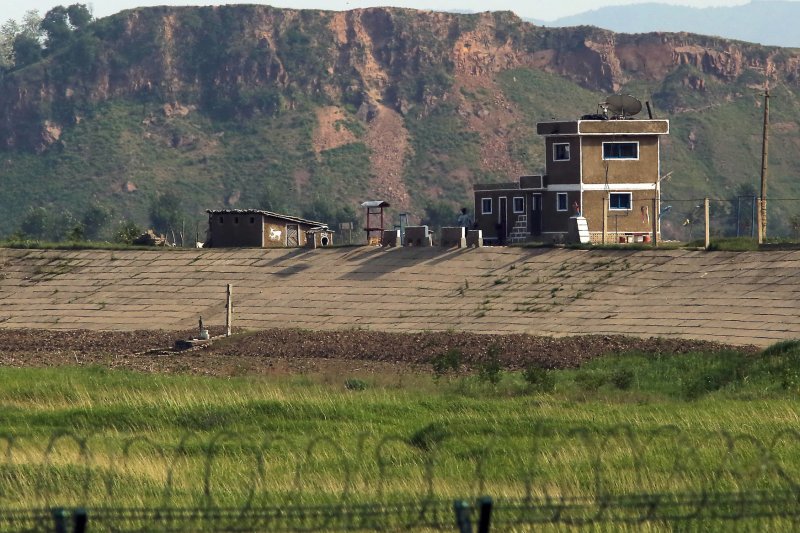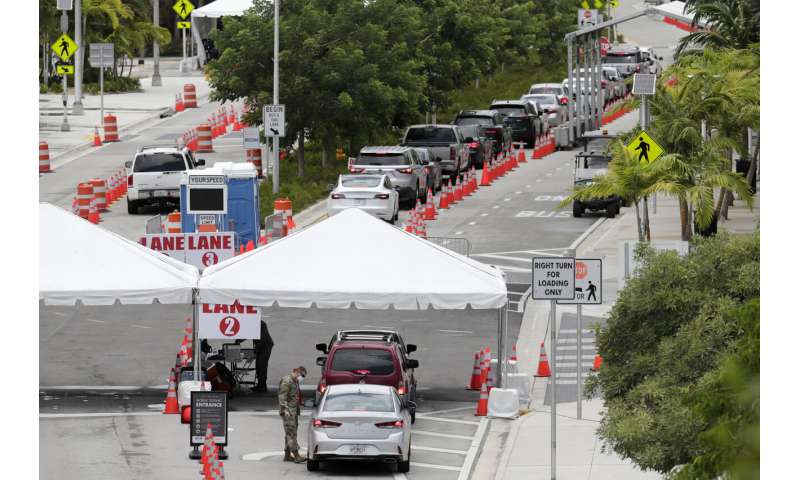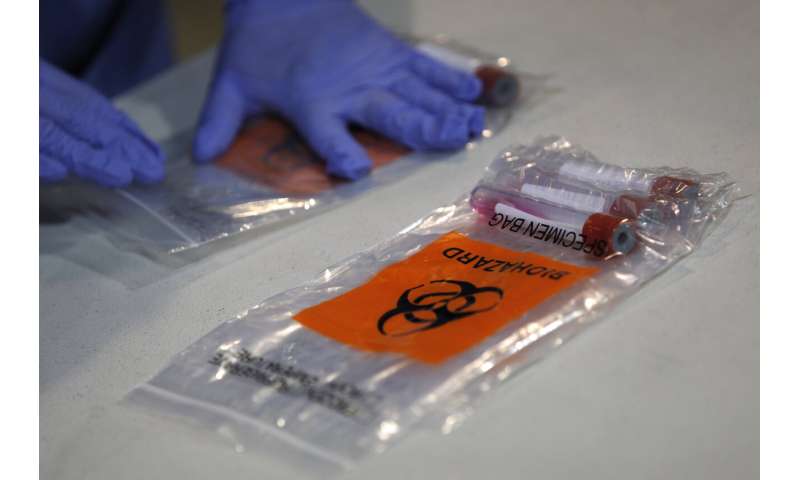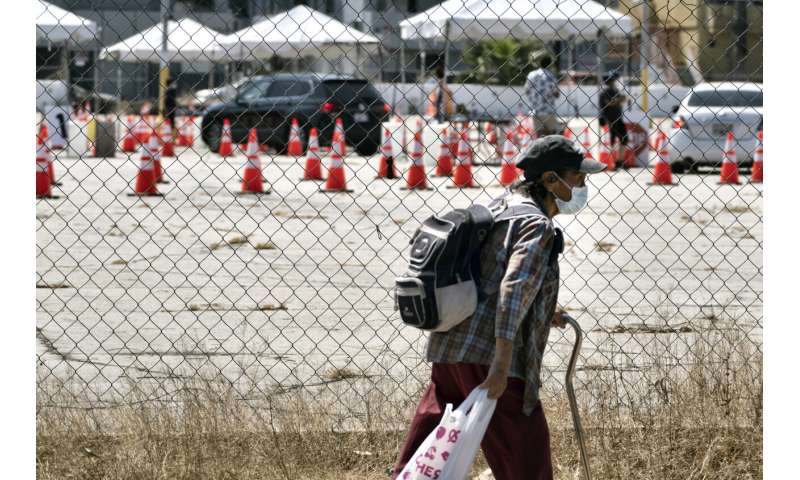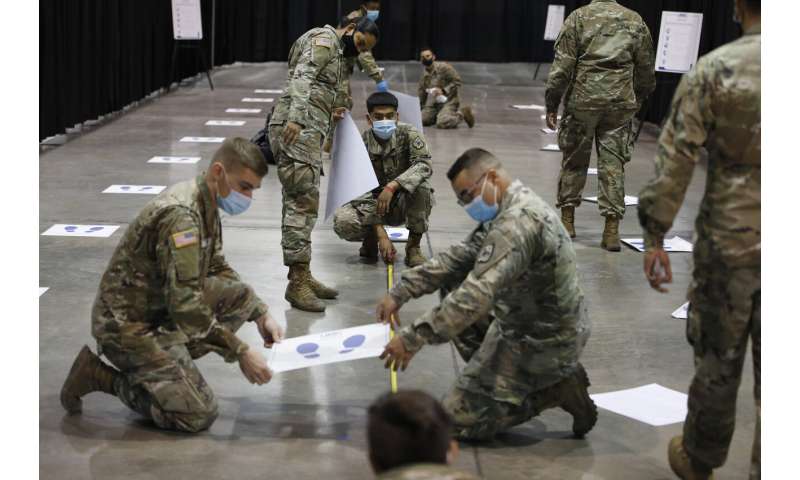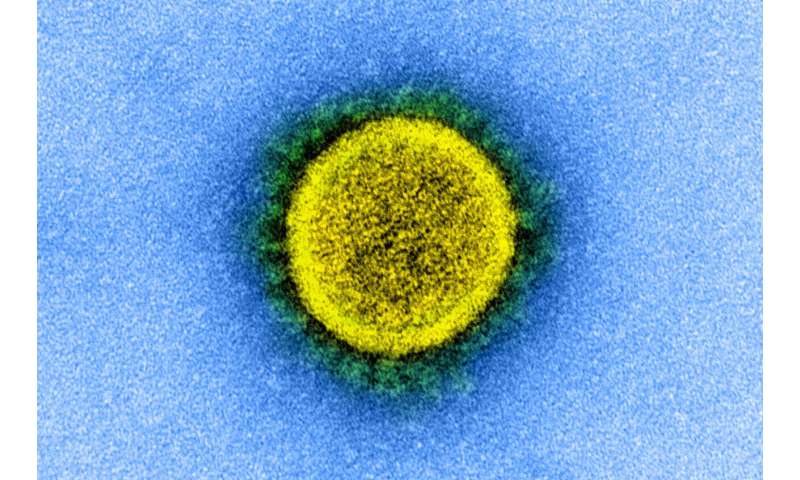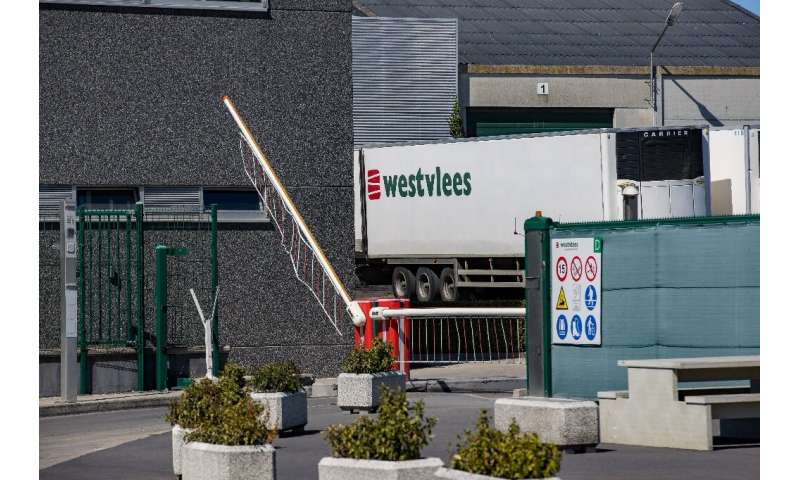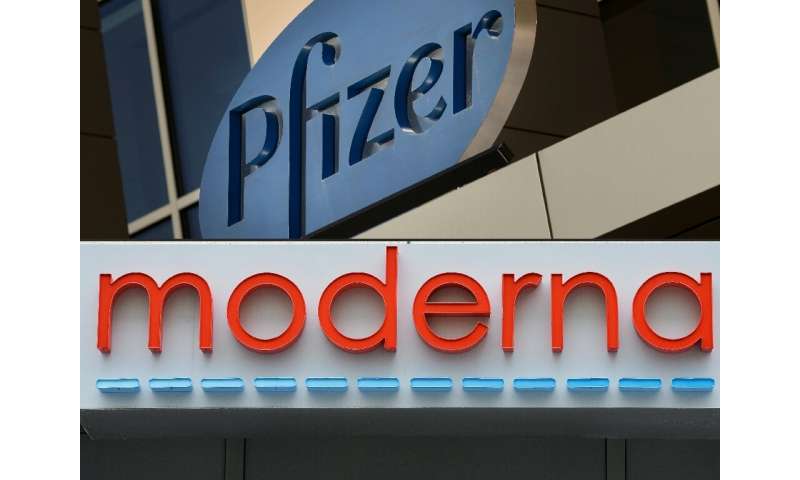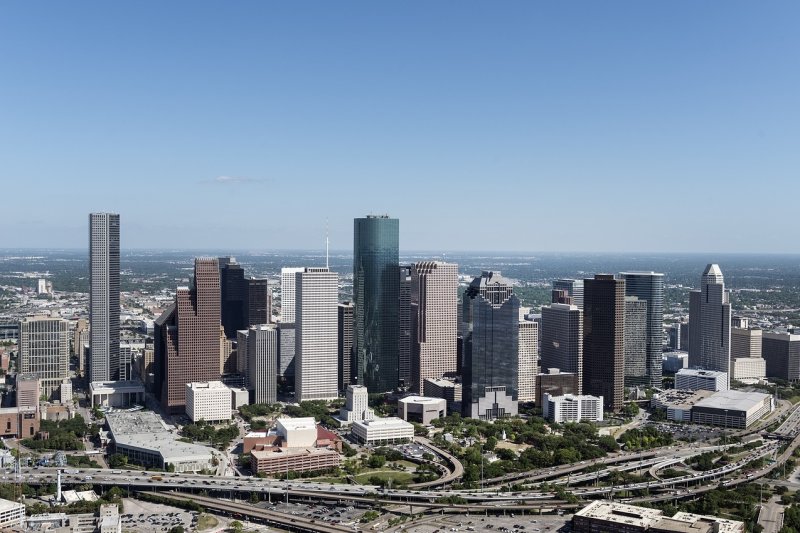
Using data from a NASA spectrometer onboard an airplane, researchers said the distribution of air pollution over Houston is concentrated in neighborhoods in which low-income, non-White and Hispanic people live. Photo by skeeze/Pixabay
Aug. 5 (UPI) -- Air pollution disparities are visible from space, according to a study published Wednesday in the journal Environmental Science and Technology.
Researchers analyzed data collected over several different neighborhoods in Houston, Texas, finding that levels of nitrous dioxide were often concentrated over lower-income, minority neighborhoods.
It's well documented that air pollution affects some regions, cities and neighborhoods more than others, and several studies have shown poorer neighborhoods and minority communities are more likely to breathe polluted air.
One recent study even showed these disparities have remained stable over the last 30 years. Now, research suggests these same disparities can be seen from an altitude of 500 miles.
RELATED Study reveals global sustainability efforts play out on local level
To study air pollution using satellites, scientists measure nitrogen dioxide, a precursor to ground-level ozone and particulate matter. Nitrogen dioxide is produced by cars and factories and tracks closely with other types of pollutants.
Historically, nitrogen dioxide monitors on the ground, as well as low-resolution satellite observations, have struggled to identify pollution differences across neighborhoods.
"We have traditionally lacked city-wide observations to fully describe these spatial heterogeneities in Houston and in cities globally, especially for reactive gases like nitrogen dioxide," scientists wrote in their paper.
RELATED Study: Non-whites more exposed to environmental hazards
To identify pollution disparity at finer scales, researchers used new a high-spatial-resolution dataset from a NASA spectrometer onboard an airplane. Scientists used the spectrometer to measure nitrogen dioxide levels across different neighborhoods in Houston.
When researchers analyzed the pollution distribution for patterns related to race-ethnicity and income levels. Their analysis showed pollution was concentrated in neighborhoods in which low-income, non-White and Hispanic people lived.
Researchers compared their data analysis with observations made by the TROPOspheric Monitoring Instrument, or TROPOMI, a satellite launched in 2017 by the European Space Agency. Their analysis showed the satellite is capable of detecting neighborhood-level pollution disparities.
RELATED Neighborhood may affect asthma rates
"TROPOMI spatial patterns correspond to the surface patterns measured using aircraft profiling and surface monitors," researchers wrote.
upi.com/7026759



